Zalipie, The “painted Village” Near Ternow. Houses Are Completely Painted On The Inside And Outside
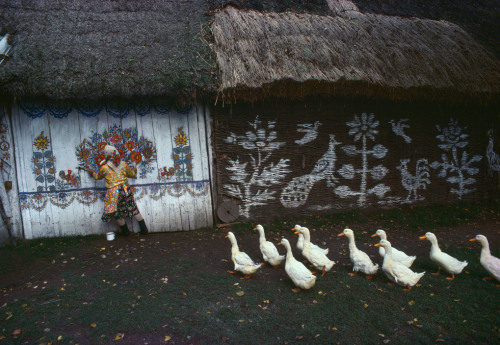
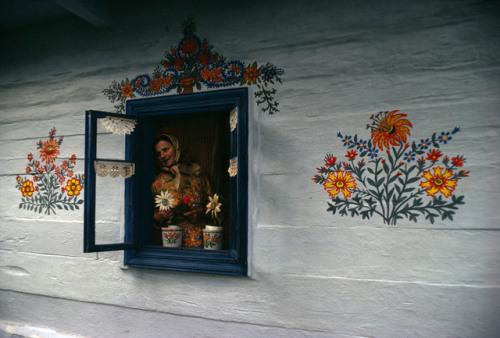
Zalipie, the “painted village” near Ternow. Houses are completely painted on the inside and outside by their owners. 1976.
Location: Zalipie, Poland
Photographer: Bruno Barbey
More Posts from Nastysynth and Others
art resource masterpost! (2019)
A list of links to all the art resources I’ve compiled since I was thirteen, from Tumblr/Twitter/googling around. They’re not all specifically drawing-related but I’ve personally found them helpful to my art + actively used or learned from each of them. Links marked with a star (★) are ones I use often, or find the most helpful!
compare heights of human figures
textures
hairstyle photos, search by colour/style/etc.
★ pinterest of tons of character design & anatomy ref boards
models.com: just modelling news/photography but nice for portrait reference + diverse faces
★ tons of tips on drawing: @grizandnorm and also @etheringtonbrothers (also on twitter and instagram)
tips for drawing backgrounds (layout & perspective) - thomas romain
selective colour tool in photoshop (helps balance out colours) - @genicecream
going from B&W to colour using photoshop curves - @genicecream
quickposes: pose library for figure & gesture drawing practice, timed drawing
wetcanvas: forum for object/still life photo references
tons of varied human poses, can sort by pose type/age/body type/etc. (warning for nudity)
★ lookbook.nu: fashion lookbook, can sort outfits by style, occasion, etc.
timed and randomized photo references for figure drawing (warning: nudity)
easy lineart in photoshop - @okolnir
guide for facial expressions - @lackadaisy
tons of pose photography, categorized by pose - senshistock (deviantart)
more timed photo references: figure drawing, animal drawing, hands and feet, faces
★ PDF of the animator’s survival kit by richard williams: comprehensive book on animation fundamentals
adobe kuler: adjustable colour wheel, creates cohesive 5-colour palettes
★ perspective grid in photoshop - @chuwenjie
interactive 3d models: human models & wooden figurine
youtube playlist of various art tutorials/speedpaints/etc. - @erinye
integrating lineart into flat colours - @dinduarte
twitter thread of general art resources (technical/fundamental skills) - @jovaline
tips on drawing backgrounds - @jovaline
simple nighttime lighting - @japhers
tips for drawing kissing - @mud-muffin
★ mapcrunch: randomized (or editable) google street view, great for environment photo reference
catalogue of theater costumes sorted by clothing item/time period, great for historical clothing reference
google’s we wear culture: information about & catalogue of fashion/design/art collections
one perfect shot database: film screencaps, can organize by shot
typefilmgrab: more movie shots
stretches to stop artist back pain (more important than half this list)
dynamic clouds - @amiamihan
avoiding empty/“dead” spaces in comic panels - @hammpix
tips on simplifying drawings for clarity - @hammpix
guide on making webcomics - @velinxi
twitter thread of storyboard/comic art resources - @nilaffle
creating depth and distance in backgrounds - @mathiaszamecki
★ croquiscafe: youtube channel that simulates figure drawing sessions (warning: nudity)
★ large PDF of storyboarding tips - @jimmortensen
another colour picker for harmonious colours
★ google drive folder of art book PDFs (anatomy & figure drawing) - @jijidraws
designdoll (free program for download): adjustable 3d human figures, better quality than online sites
Do you have any advice for maintaining a celebrity's likeness in a drawing without compromising your art style? When I try to draw real people they look completely different from how they should be and my art style ends up totally skewed as well. Thanks in advance!
This is a tough skill to develop! but with some hard work and research you’ll be able to do it!!!
My recommendation is to study professional caricature! Even if the end goal isn’t to do exaggerated crazy portraits of the the celebrity, studying the art form can help you learn to apply those concepts more subtly in your own style!
The key element of caricature is studying a persons face and looking for what makes them unique or different from the ‘standard’ anatomical face model, eg how do their proportions stray away form the ‘rules’.
once you take note of these things experiment by exaggerating them in different ways through quick thumbnail sketches

thumbnails by Court Jones for Proko.com
They might not look like the person right away but keep experimenting! trial and error is your friend!!!
(for more info on Caricature the Proko youtube channel has a whole in depth series by Court Jones the artist above! I Highly recommend checking it out and the other lecture series the channel!)
Once you have done this research you can apply it to your style and design the celebrity just like the design team on Netflix’s BoJack Horseman designed Character actress Margo Martindale! She and many other celebrity cameo’s on the show look like themselves but also like they belong in the world of the show!

The final thought I want to leave you with is: don’t worry too much about art style or let it get in the way of learning new ways to draw. There is a lot of pressure on the internet to find your own unique art style and have everything be consistent all the time but this thinking can actually get in the way of your artistic growth if you focus on it too much or to early.
I Personally dont care about consistency at all in my art, I design the style of the drawing based on the project (eg. am I going to animate this character, is it an illustration, what age group am I targeting? what Genre? if you want to see examples of this I have plenty on my instagram)
I have a lot of feelings on the topic of art styles but I dont want this post to be essay length or take me a week to write so please watch this video by Kesh on youtube about it : Stop Trying to Find Your Art Style He talks about this issue way more clearly and concisely then I ever could!
Hope this Helps!!!
-Mod Todd (ko-fi)





some people expressed that they would like to see my process on painting eyes, so I threw together a quick guide. I’m really bad at explaining things, but maybe someone gets something out of it. Some other information: - I use a lot of hard brushes when sketching and painting, most of them are textured. Usually I only use the soft round brush when adding big shadowed ares and light effects. - Most of the time, I paint on barely more then 2 layers: Background and character. I don’t like painting with dozens of layers and prefer to keep things simple. - I love to overuse too many colors. It’s just a stylistic choice, but I like the look of spashes of different colors everywhere, especially when they are slightly desaturated. (as seen on the second painting step)
BioShock Resource Masterpost
Due to multiple requests I’ve decided to collect all the free BioShock material I’ve shared under one post for ease of access. Because of size restrictions, some will have to be downloaded to be read, but I hope you enjoy anyways!
BioShock Artbooks
Breaking the Mold: The Art of Bioshock
Deco Devolution: Art of Bioshock 2
Art of Bioshock Infinite
If you like the physical books better, you can buy them here: The Art Of Bioshock Infinite & Deco Devolution: The Art of BioShock 2. The art book for the original Bioshock is very rare and expensive.
BioShock Novelizations & Original Pitch Document
BioShock: Rapture (eBook) (audiobook)
BioShock Infinite: Mind In Revolt (Spanish edition)
BioShock: First Person Action Horror
If you’d like a store-bought copy better, you can them here: BioShock Infinite: Mind In Revolt & BioShock: Rapture eBook or audiobook.
Extended Resources
Artbook Masterlist: All non-BioShock artbooks I’ve collected
If you’re worried about the downloads being infected/bugged or whatever don’t be- I bought them legally and am putting them up on a private google docs for easy access.

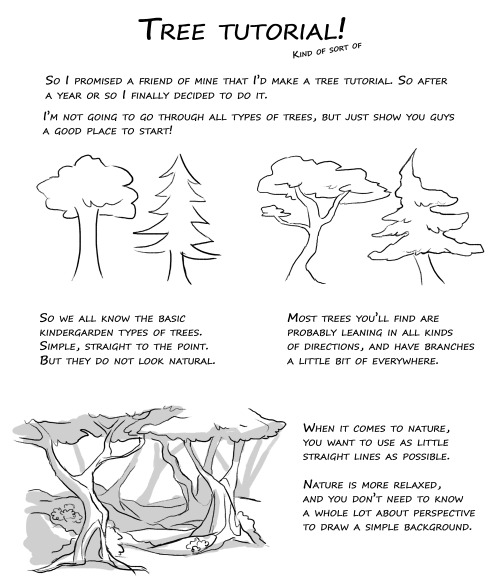
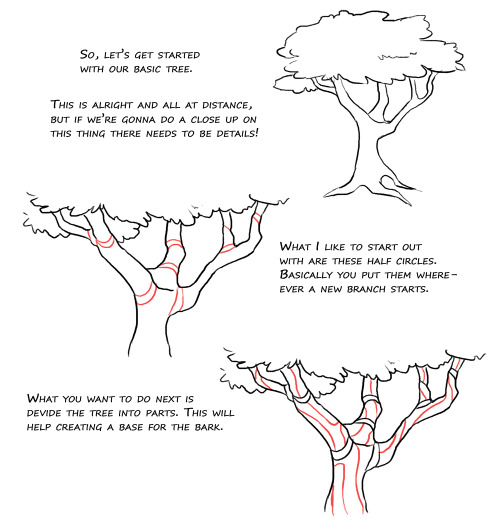

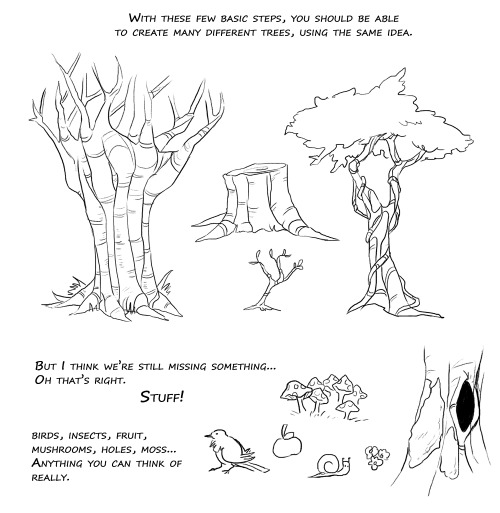

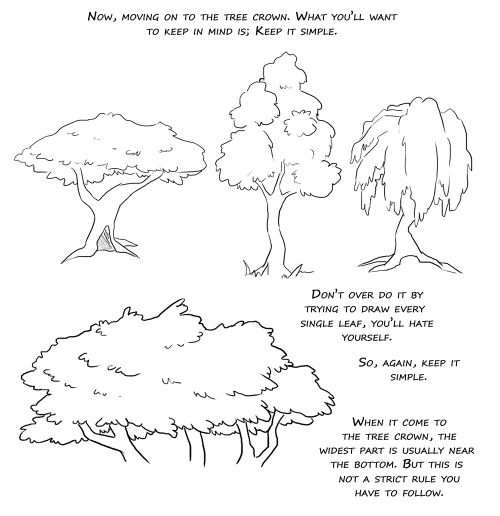

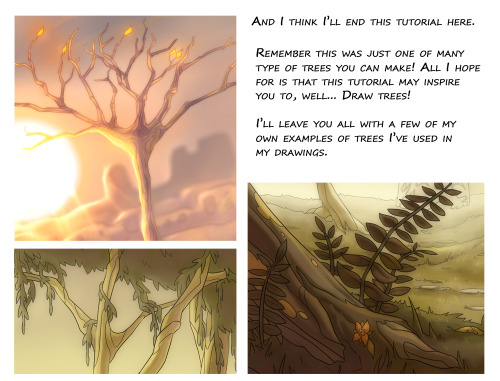

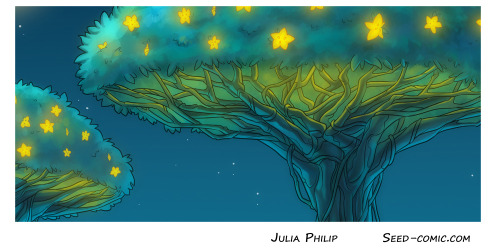
Aaahh so yeah. I’m nothing amazing at trees, but my friend Huispe has been asking for this for such a long time now, I decided to finally do it. Hopefully it can be useful for any of you out there <3 (there’s prolly plenty of typos in there too but I am just so tired right now aughhh)



.. / … . . / -.– — ..-
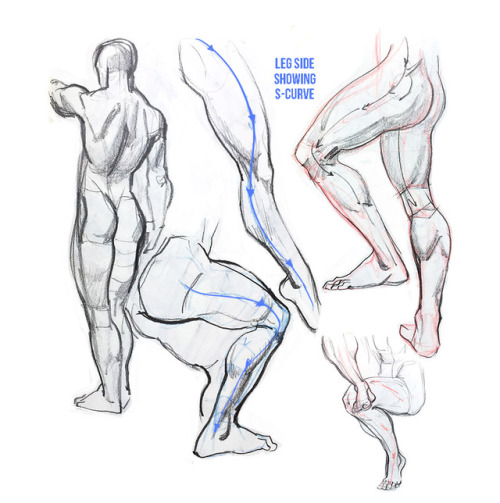
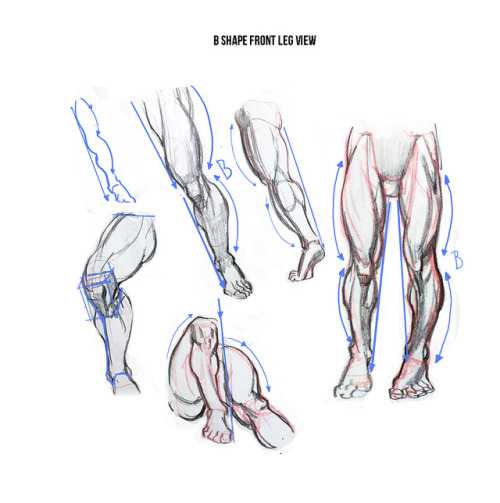
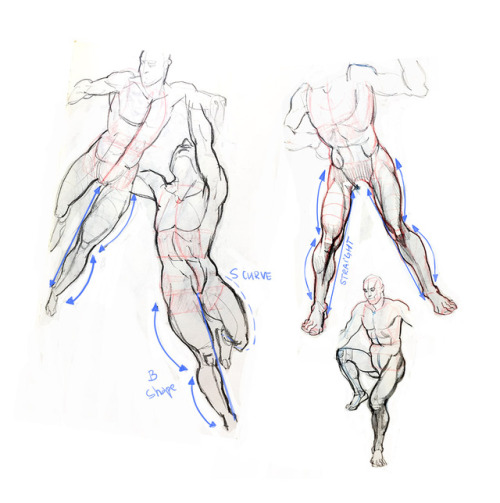
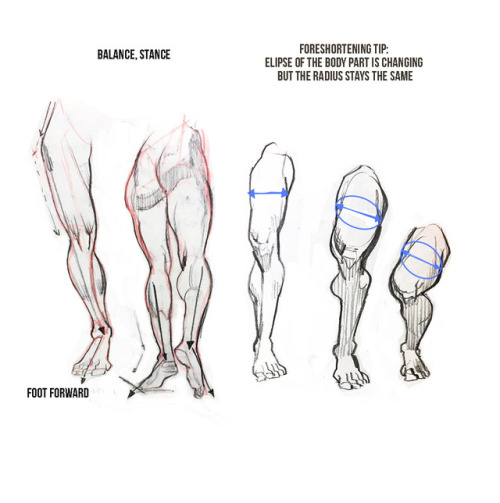
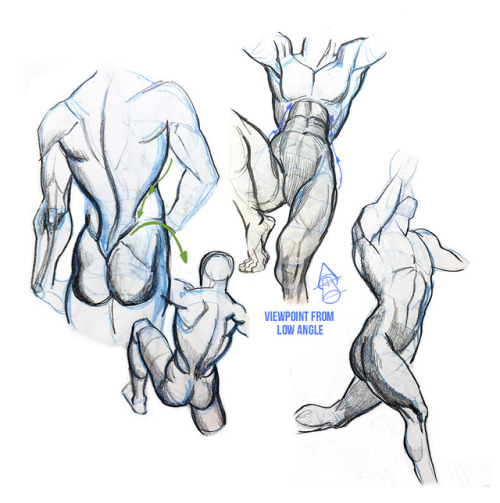
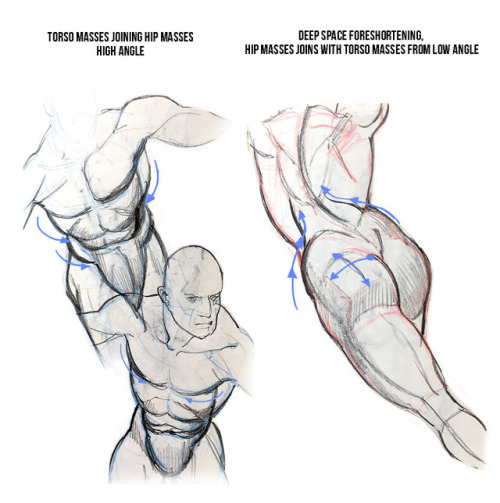
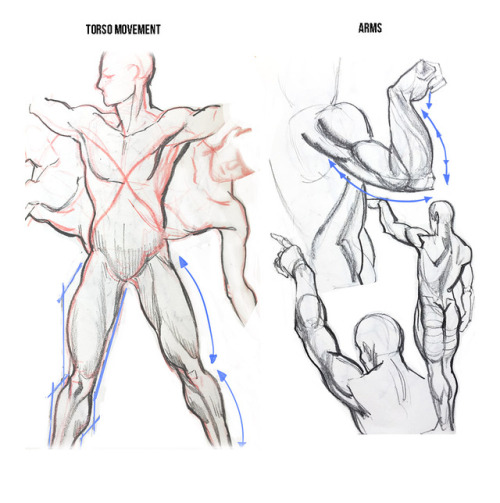
My opinion about Burne Hogarth’s ‘Dynamic figure drawing’
Some sketches and notes.
If you are artist that wants to learn anatomy or beginner artist and you are confused which resources to use to learn human figure you might find post helpful.
This is my take on the book and I want to share some thoughts after reading the book and practicing the topics. There are good things and thing I didn’t like and wouldn’t recommend. Just to give you answer to the question if I liked the book. Yes I liked it. But I want to give you honest opinion on good and not so good things so you as a student or always learning artist can decide if you want to use this book to learn. Let’s start with things I liked. It’s a book that covers unique topic: drawing figure in deep space and drawing without reference. I also liked that it doesn’t represent academic approach. Author rather helps people who had academic background and still have problems with drawing figure that isn’t standing straight like soldier. This book can help you fight stiffness in poses and helps generate ideas for dynamic poses. It teaches you how to draw figure in deep space, meaning : helps you create illusion of depth. Approach to drawing human body is also interesting. Hogarth recommend starting from torso and then adds secondary forms : limbs. This books helps you understand body curves so you don’t need to know anatomy. Actually this is something I like and at the same time I am not sure about. It’s good to know anatomy first before you get into this book. I would say that perfect audience for this book is student who has academic background but can only draw people standing straight like soldiers. Hogarth’s books will help you to invent interesting forms and positions. Although you can’t take his anatomy literally. He has very characteristic style, that isn’t realistic but is believable. “Dynamic figure drawing” many covers male body and there’s very little about female body. It’s because female body just doesn’t look good. It’s like female’s version of male bodies. Doesn’t look very organic and remind me of ancient greek statues. Just to give you example : breasts looks like they are balls attached to the chest. Definitely look for some other source about female body. Overall you can find some great tips and topics that are not covered in other books. This book is for already experienced artists who wish to learn techniques that will expand their academic knowledge. For anatomy look at Bridgman and Loomis 😃 I tried to keep this review as short as I could. Let me know how do you like these kind of reviews and if you would like to see more post like this one in the future.
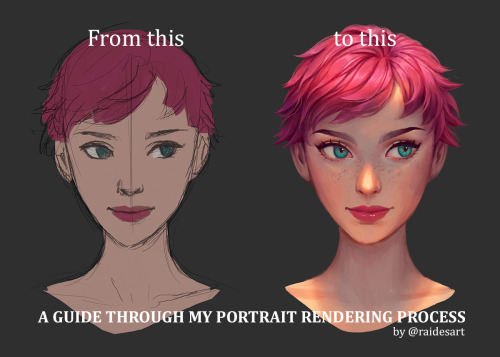
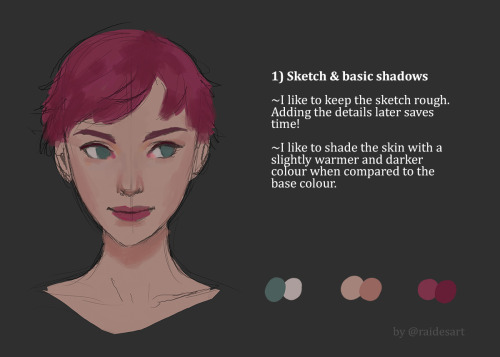
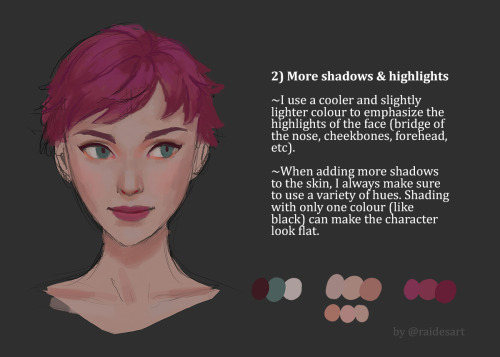
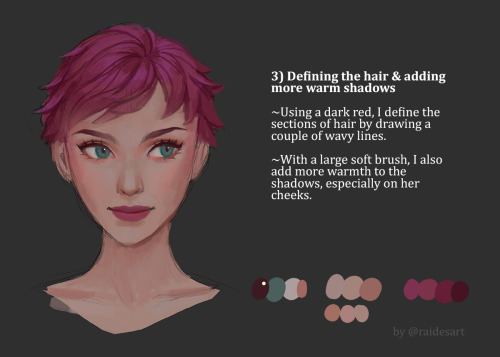
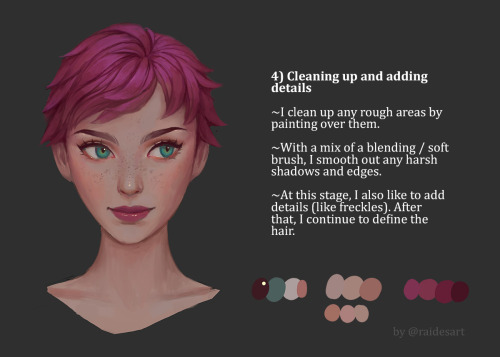
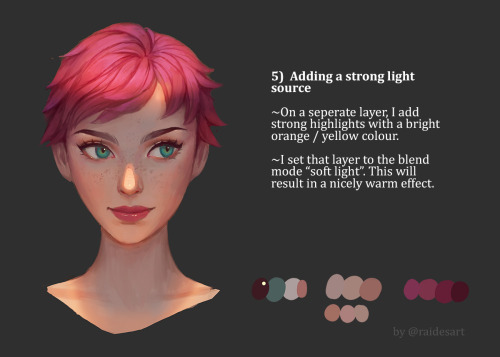
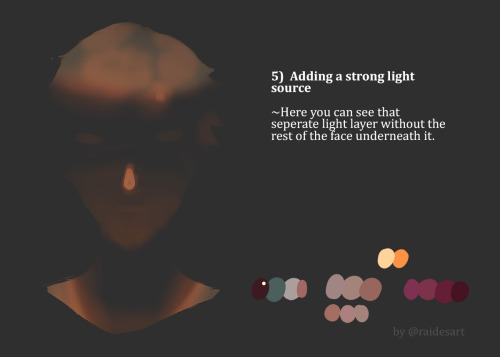
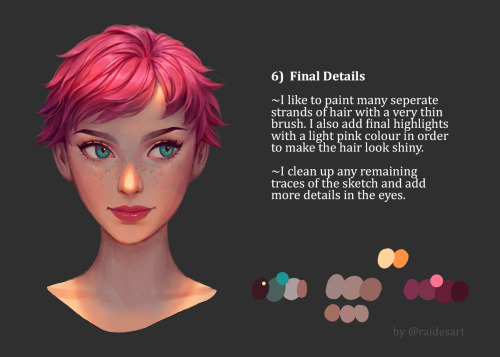
So many of you asked for a tutorial on how I paint faces/ add a light source, so here you go! 😍 Let me know if you guys have any feedback or if you want to try it yourself! 💜









It has been literal years since I've done a tutorial.
Nobody actually asked for this, but for the first picture I did with this type of lighting I actually went and looked up some tutorials online... and couldn't really find any. So a lot of what I did in the first picture I used this type of light was me just throwing spaghetti at the wall.
I figured it out a little more in the second picture, and then I thought: y'know i would've liked to have a tutorial like this in the first place to get a good starting point for myself. So I made one. it is yours now. do what you want with it.
-
 4ntikhrist liked this · 1 month ago
4ntikhrist liked this · 1 month ago -
 norfest-forest reblogged this · 2 months ago
norfest-forest reblogged this · 2 months ago -
 norfest-forest liked this · 2 months ago
norfest-forest liked this · 2 months ago -
 tictacbud liked this · 2 months ago
tictacbud liked this · 2 months ago -
 white-spirit-of-darkness liked this · 2 months ago
white-spirit-of-darkness liked this · 2 months ago -
 ifreeettt reblogged this · 2 months ago
ifreeettt reblogged this · 2 months ago -
 hilbertslargepowerfulmagnet liked this · 2 months ago
hilbertslargepowerfulmagnet liked this · 2 months ago -
 spacetrashfallingdown reblogged this · 2 months ago
spacetrashfallingdown reblogged this · 2 months ago -
 spacetrashfallingdown liked this · 2 months ago
spacetrashfallingdown liked this · 2 months ago -
 stardewkiddo liked this · 2 months ago
stardewkiddo liked this · 2 months ago -
 philsmeatylegss reblogged this · 2 months ago
philsmeatylegss reblogged this · 2 months ago -
 feralpickle liked this · 2 months ago
feralpickle liked this · 2 months ago -
 strxngehuman liked this · 2 months ago
strxngehuman liked this · 2 months ago -
 toffeethief liked this · 2 months ago
toffeethief liked this · 2 months ago -
 gnostix1 liked this · 2 months ago
gnostix1 liked this · 2 months ago -
 dessonges liked this · 2 months ago
dessonges liked this · 2 months ago -
 suzycreamcheeze reblogged this · 2 months ago
suzycreamcheeze reblogged this · 2 months ago -
 frozen-and-euphoric reblogged this · 2 months ago
frozen-and-euphoric reblogged this · 2 months ago -
 ikamanga liked this · 2 months ago
ikamanga liked this · 2 months ago -
 juljanda liked this · 2 months ago
juljanda liked this · 2 months ago -
 sketchytea liked this · 3 months ago
sketchytea liked this · 3 months ago -
 wintermelancholia liked this · 3 months ago
wintermelancholia liked this · 3 months ago -
 tonechkag reblogged this · 3 months ago
tonechkag reblogged this · 3 months ago -
 chime2024 reblogged this · 4 months ago
chime2024 reblogged this · 4 months ago -
 suzerainoflegend reblogged this · 4 months ago
suzerainoflegend reblogged this · 4 months ago -
 suzerainoflegend liked this · 4 months ago
suzerainoflegend liked this · 4 months ago -
 uxah reblogged this · 4 months ago
uxah reblogged this · 4 months ago -
 ghoughst reblogged this · 5 months ago
ghoughst reblogged this · 5 months ago -
 oyveykittykat reblogged this · 5 months ago
oyveykittykat reblogged this · 5 months ago -
 bicc-y liked this · 5 months ago
bicc-y liked this · 5 months ago -
 tucothebandit reblogged this · 5 months ago
tucothebandit reblogged this · 5 months ago -
 tucothebandit liked this · 5 months ago
tucothebandit liked this · 5 months ago -
 mr-top-secret reblogged this · 5 months ago
mr-top-secret reblogged this · 5 months ago -
 rooibosproletariat reblogged this · 5 months ago
rooibosproletariat reblogged this · 5 months ago -
 elfbitches liked this · 5 months ago
elfbitches liked this · 5 months ago -
 ghoughst liked this · 5 months ago
ghoughst liked this · 5 months ago -
 thefourcalendarcafe liked this · 5 months ago
thefourcalendarcafe liked this · 5 months ago -
 chaoticobra reblogged this · 5 months ago
chaoticobra reblogged this · 5 months ago -
 jeremy-lemon reblogged this · 5 months ago
jeremy-lemon reblogged this · 5 months ago -
 jeremy-lemon liked this · 5 months ago
jeremy-lemon liked this · 5 months ago -
 r0ck liked this · 5 months ago
r0ck liked this · 5 months ago -
 sword--princess liked this · 6 months ago
sword--princess liked this · 6 months ago -
 timidusaquilae liked this · 6 months ago
timidusaquilae liked this · 6 months ago -
 sadhorsegirl liked this · 6 months ago
sadhorsegirl liked this · 6 months ago -
 moemothra reblogged this · 6 months ago
moemothra reblogged this · 6 months ago -
 sayjoisme84 liked this · 6 months ago
sayjoisme84 liked this · 6 months ago -
 asamatu liked this · 7 months ago
asamatu liked this · 7 months ago -
 lovedotbeep liked this · 7 months ago
lovedotbeep liked this · 7 months ago -
 phrear reblogged this · 7 months ago
phrear reblogged this · 7 months ago

Sylwester | i will mostly post sketches, because i'm too lazy to end them
196 posts